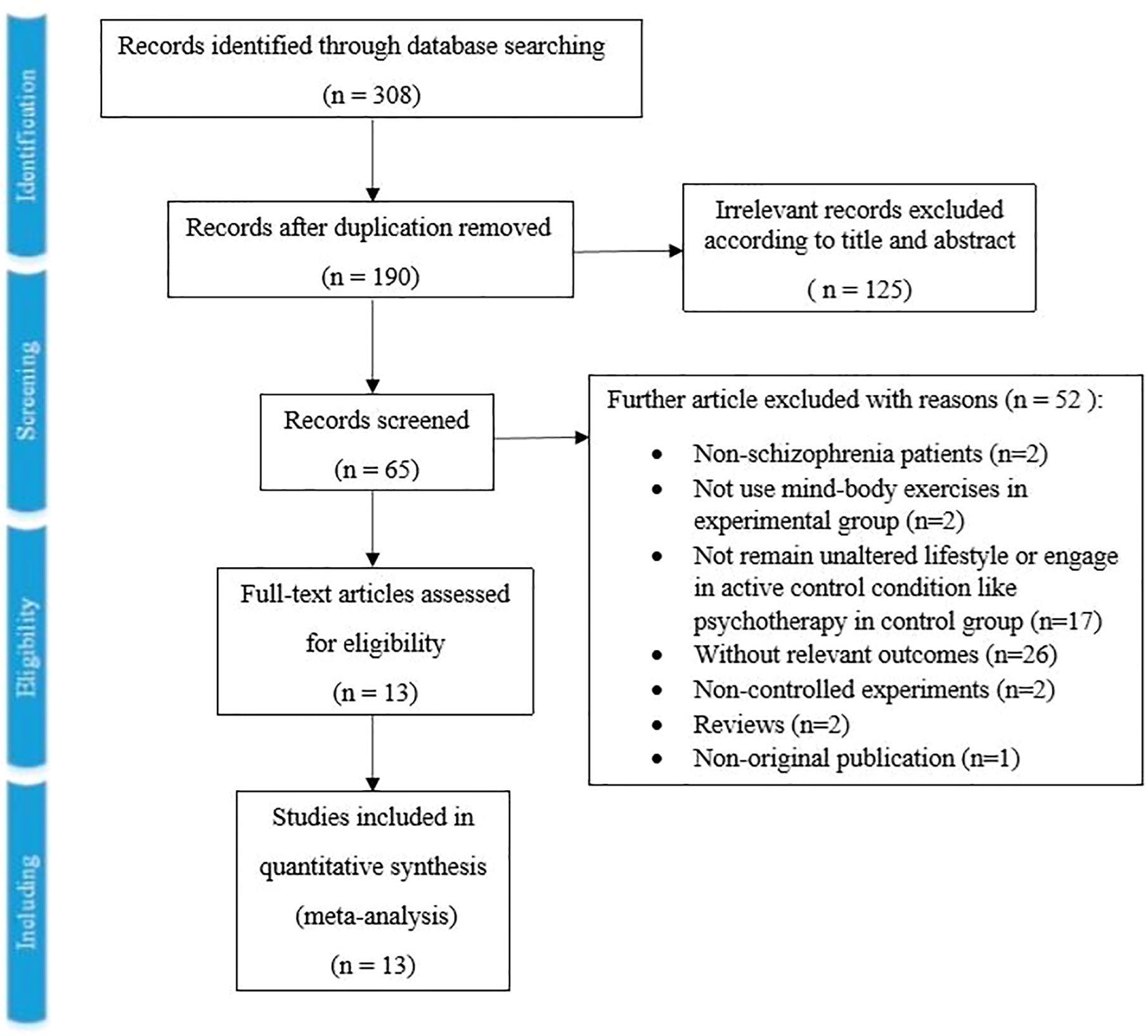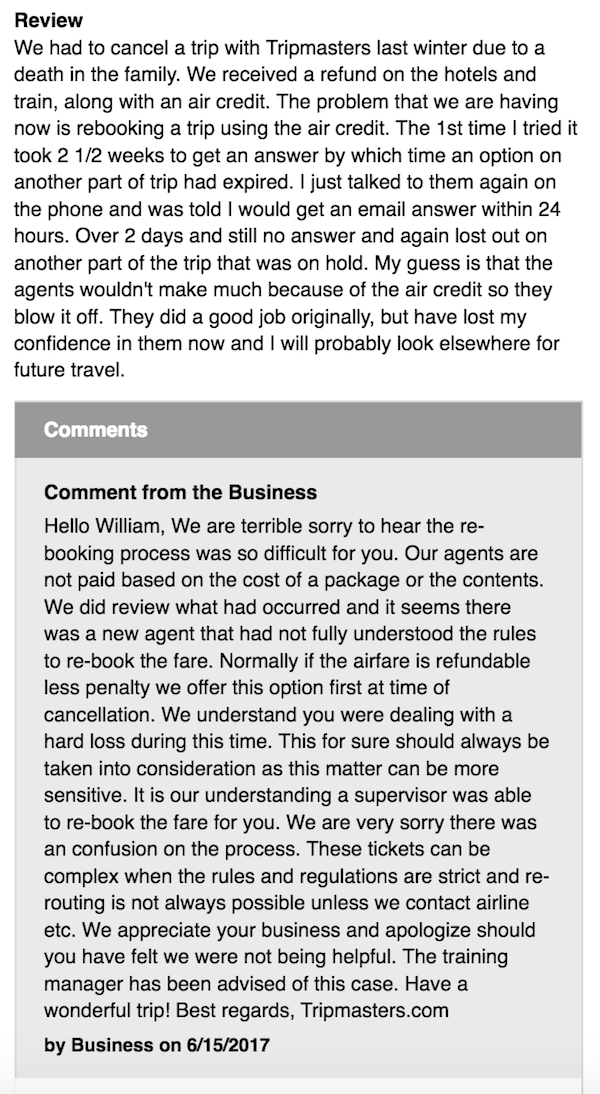
Customer experience is one the most important aspects a business. It is crucial to ensure that customers are happy with their interactions and build trust in your brand. You can track the performance of your business and monitor its progress over time with customer service statistics.
Customer satisfaction scores: CSAT is an excellent metric to monitor customer satisfaction with your services. This metric is an immediate indicator of how happy your customers are with your customer service and can be used as a benchmark against competitors. A high score can signify that customers are happy with their service. While a low score can be a sign of poor product quality, poor customer support, or poor marketing strategy, a good score will indicate your customers' satisfaction.
Net Promoter Score: This customer service metric measures how likely customers are to recommend your products and services to friends and family. It is a great way to find out how customers feel about you and to determine whether your products or services need to be improved.

FRT: This is a critical metric that will determine customer satisfaction. This reflects the speed at which your support team responds to customer queries. It should be closely monitored for signs of lag. It is important you watch out for "hockey sticks" growth. This means that it increases gradually, then decreases over time.
Handle time: This is another metric that focuses on how long it takes to resolve a customer request. This is an important metric to evaluate how your team handles incoming customer requests. This can help you identify areas where you could improve processes or train more efficiently. It's also important to segment the conversation topic, as some topics may take longer to resolve than others. If conversations around your account pages are taking longer than others, this may indicate that you need help with documentation or product modifications.
Average ticket count is an important metric to measure how responsive your Customer Service team is to customer needs. It's a good idea to calculate this number on a daily, weekly, or monthly basis so that you can identify trends that may affect your overall service experience.
Customer effort scores cards: These are great tools to see how hard customers try and resolve problems with your company. They can be used to assess the customer's effort in solving their problem. In fact, 96% of customers who are highly motivated to continue using your product/services will do so.

Top-performing agents: This is a great way for your company to recognize the most outstanding customer service representatives and reward them accordingly. This metric can be used to monitor individual agents' performance and help identify those who require additional training or coaching.